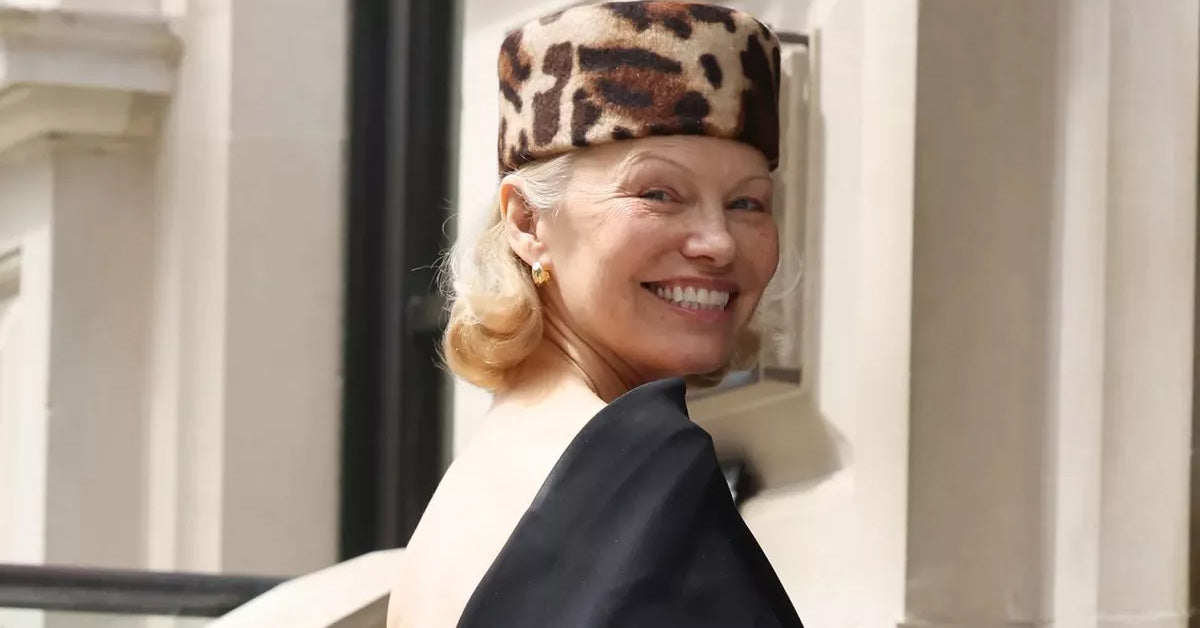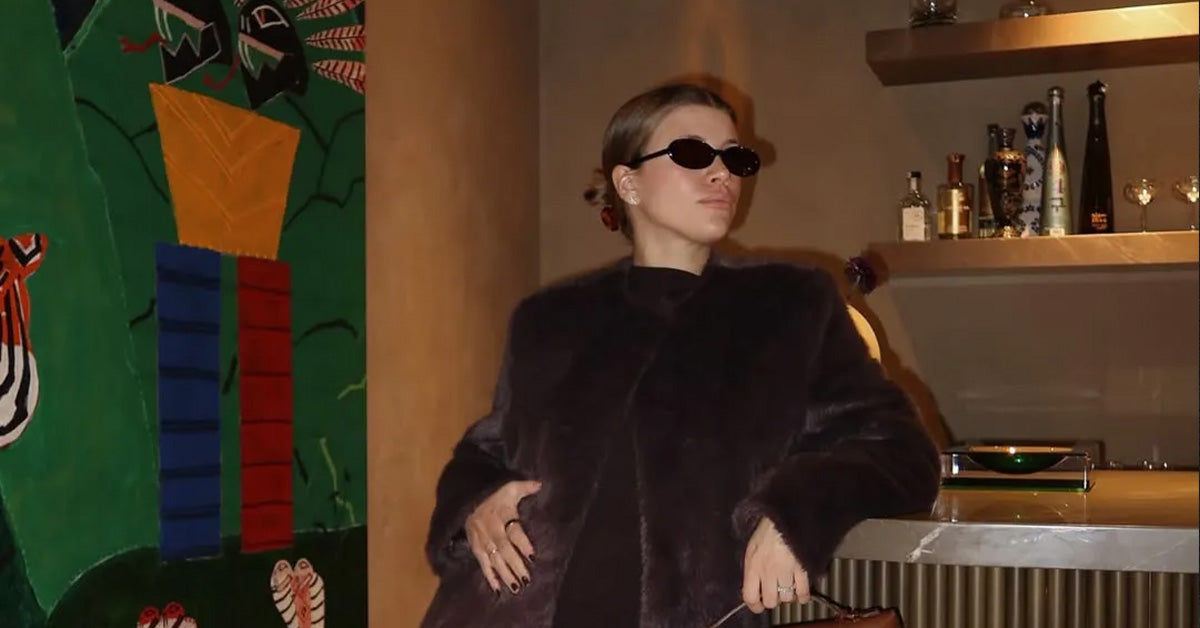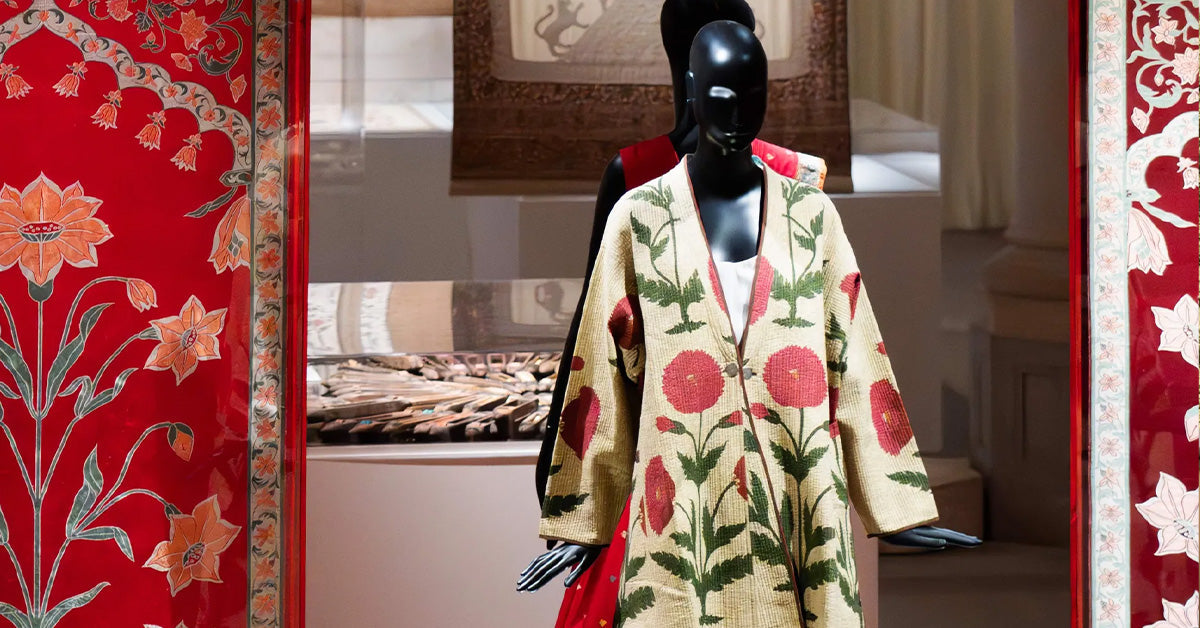Introduction to Oxford Shoes
When discussing classic footwear staples, the term Oxford shoes frequently comes up. These timeless shoes have been a cornerstone of both men's and women's wardrobes for decades. Known for their sleek and sophisticated design, Oxford shoes embody the perfect blend of formality and versatility. But what exactly are Oxford shoes, and why are they so revered in the fashion world? Let’s explore this iconic footwear in detail.
The History of Oxford Shoes
The origins of Oxford shoes can be traced back to the early 19th century in Scotland and Ireland. They were initially called "Balmorals" after Balmoral Castle in Scotland. The name "Oxford" was later adopted as the shoes gained popularity among students at the University of Oxford. These shoes were designed as a more practical and comfortable alternative to the high boots that were popular at the time.
Over the years, the design of Oxford shoes evolved, becoming a symbol of elegance and refinement. Today, they are synonymous with professionalism and style, making them a go-to choice for formal and semi-formal occasions.
Key Features of Oxford Shoes
What sets Oxford shoes apart from other footwear styles? Here are their defining characteristics:
- Closed lacing system: The hallmark feature of Oxford shoes is their closed lacing system, where the eyelets are stitched under the vamp. This gives them a sleek, streamlined appearance.
- Low heel: Oxford shoes typically feature a low heel, which adds to their formal aesthetic.
- Exposed ankle: These shoes are designed to sit below the ankle, making them a low-cut style.
- Minimalist design: Oxford shoes are known for their clean lines and understated elegance, often featuring minimal embellishments.
- Material variety: Traditionally made of leather, Oxfords now also come in suede, patent leather, and even synthetic materials.
Popular Types of Oxford Shoes
Over time, designers have introduced various modifications to the classic Oxford style, giving rise to several subcategories. Here are the most popular types:
- Plain-Toe Oxfords: A minimalist design with no additional detailing on the toe cap.
- Cap-Toe Oxfords: Perhaps the most common style, featuring a horizontal seam across the toe box.
- Wingtip Oxfords: Identified by a pointed toe cap with wing-like extensions running along the sides.
- Wholecut Oxfords: Made from a single piece of leather, offering a seamless and polished look.
- Saddle Oxfords: Characterized by an additional strip of leather across the middle of the shoe.
How to Style Oxford Shoes
The versatility of Oxford shoes makes them suitable for a wide range of outfits and occasions. Here are some styling tips to help you make the most of this timeless footwear:
- For formal events: Pair black or dark brown leather Oxfords with a tailored suit for a polished, professional look.
- For business casual: Combine a pair of suede Oxfords with chinos and a blazer for a smart yet relaxed outfit.
- For women: Oxfords look chic when paired with midi skirts, tailored trousers, or even dresses for a menswear-inspired aesthetic.
- For casual wear: Experiment with colored or patterned Oxfords to add a unique touch to jeans or casual slacks.
Care and Maintenance of Oxford Shoes
To ensure your Oxford shoes remain in pristine condition, follow these care tips:
- Regular cleaning: Wipe off dirt and dust with a damp cloth after each wear.
- Polishing: Use a high-quality shoe polish to maintain the leather's shine and prevent cracking.
- Proper storage: Store your Oxfords in a cool, dry place and use shoe trees to help retain their shape.
- Weather protection: Apply a water-repellent spray if you plan to wear them in wet conditions.
Why Oxford Shoes Are a Must-Have
Oxford shoes are more than just a fashion statement—they are an investment in timeless style and versatility. Whether you’re attending a formal event, heading to the office, or aiming for a smart-casual look, Oxfords seamlessly elevate any outfit. Their enduring appeal lies in their ability to adapt to changing fashion trends while maintaining their classic charm.
FAQs About Oxford Shoes
-
Q: What makes Oxford shoes different from Derby shoes?
A: The primary difference lies in the lacing system. Oxford shoes feature a closed lacing system, while Derby shoes have an open lacing system. -
Q: Can women wear Oxford shoes?
A: Absolutely! Oxford shoes are a popular choice for women and can be styled with a variety of outfits, from dresses to tailored suits. -
Q: Are Oxford shoes only meant for formal wear?
A: No, Oxford shoes are versatile and can be worn for both formal and casual occasions, depending on the style and material. -
Q: How should Oxford shoes fit?
A: Oxford shoes should fit snugly but not uncomfortably tight. Ensure there’s enough room for your toes to move freely. -
Q: What are some alternatives to leather Oxford shoes?
A: Alternatives include suede, patent leather, and synthetic materials, offering a variety of options for different occasions and preferences.










